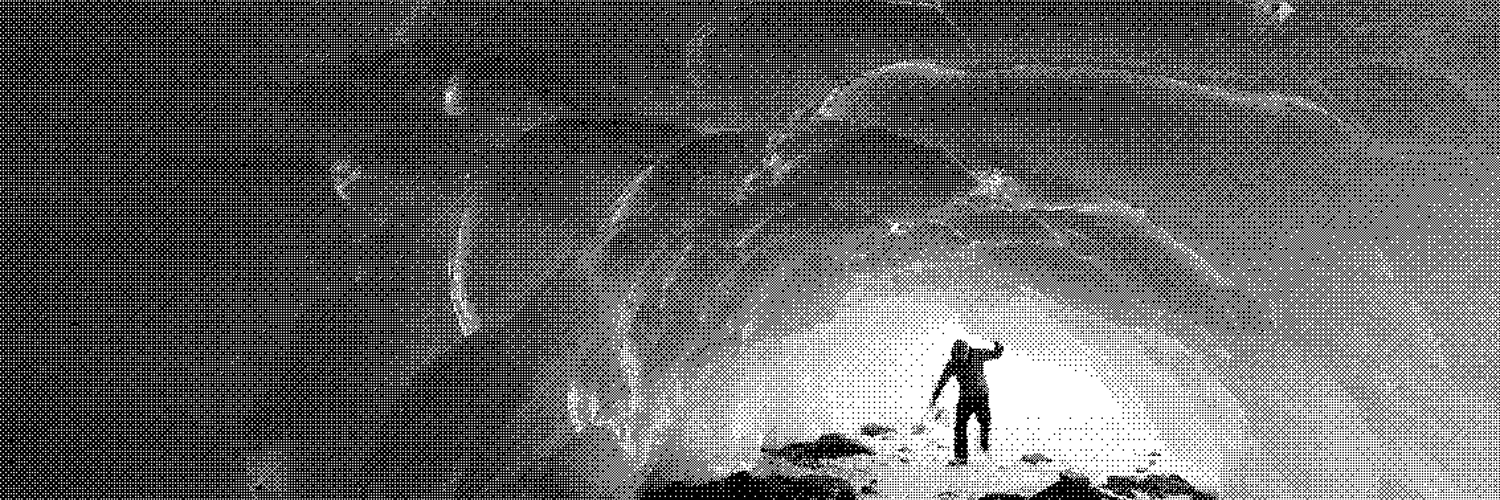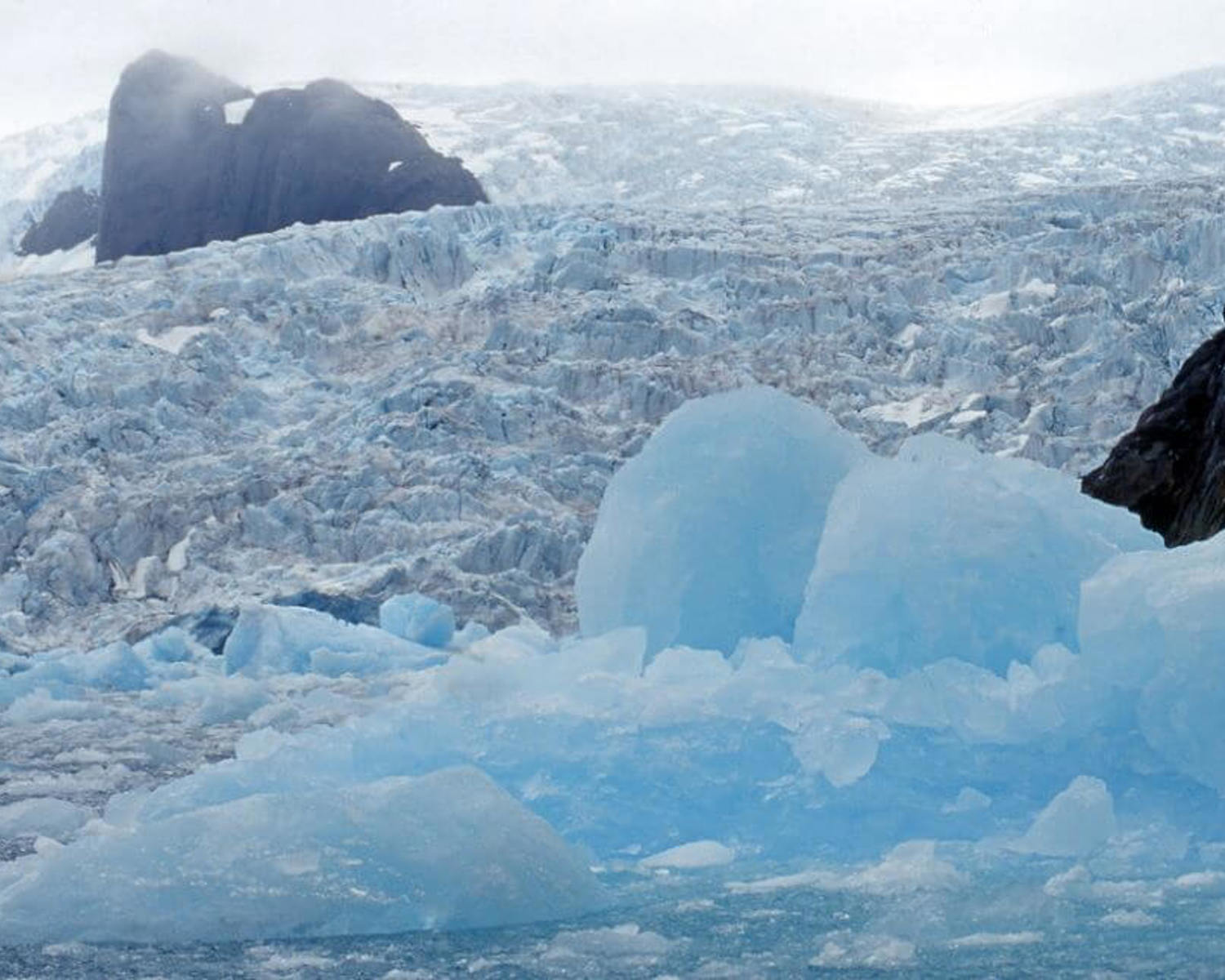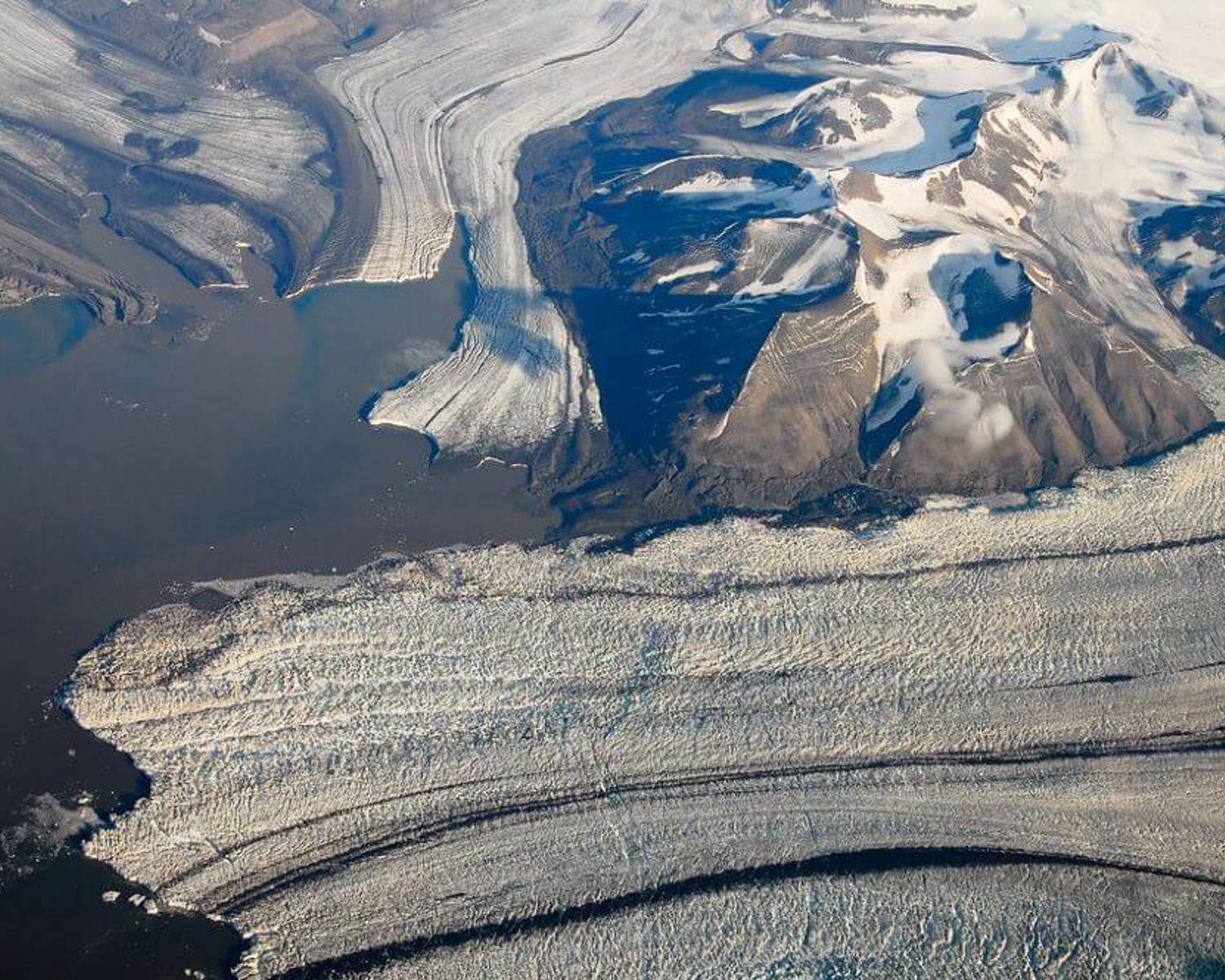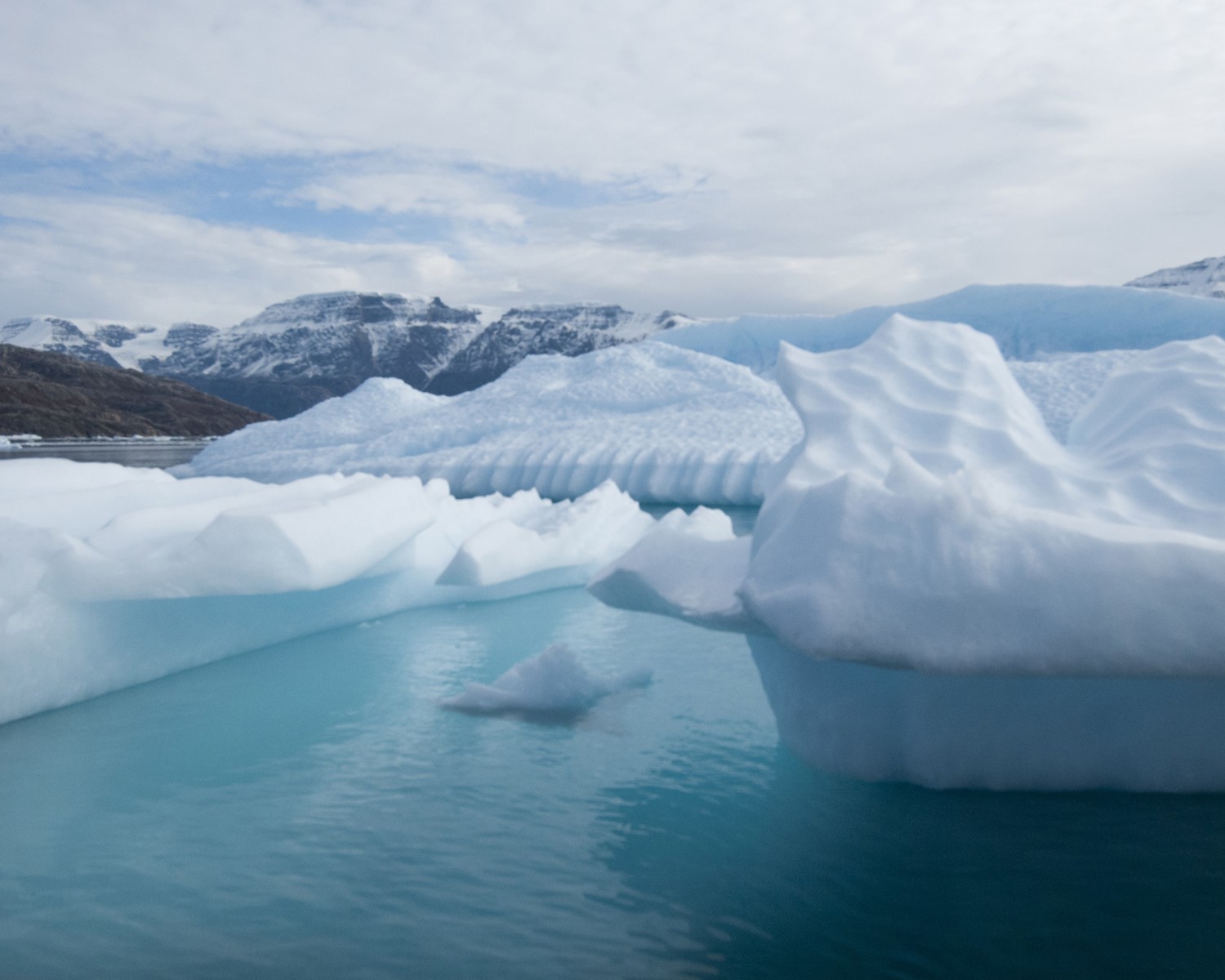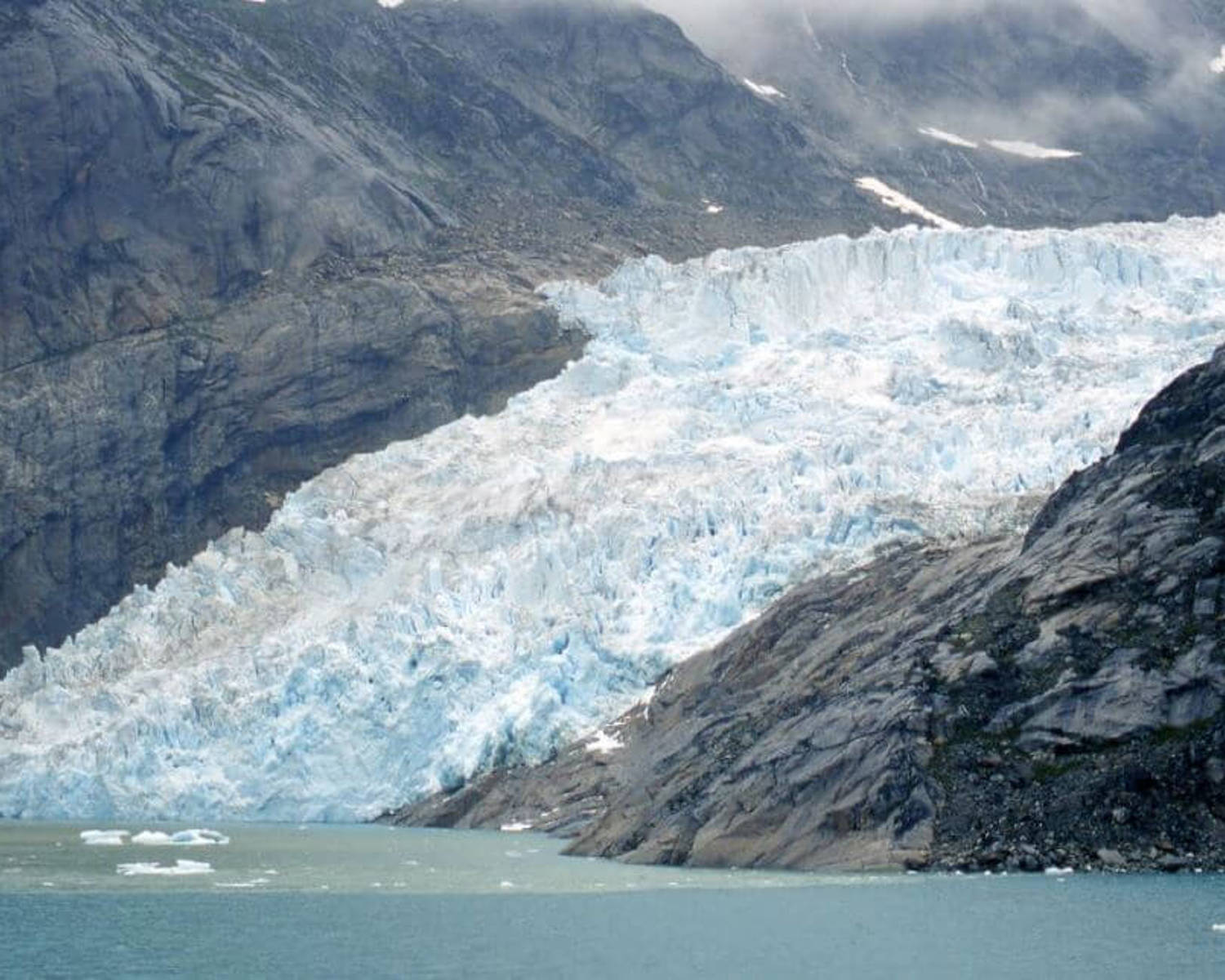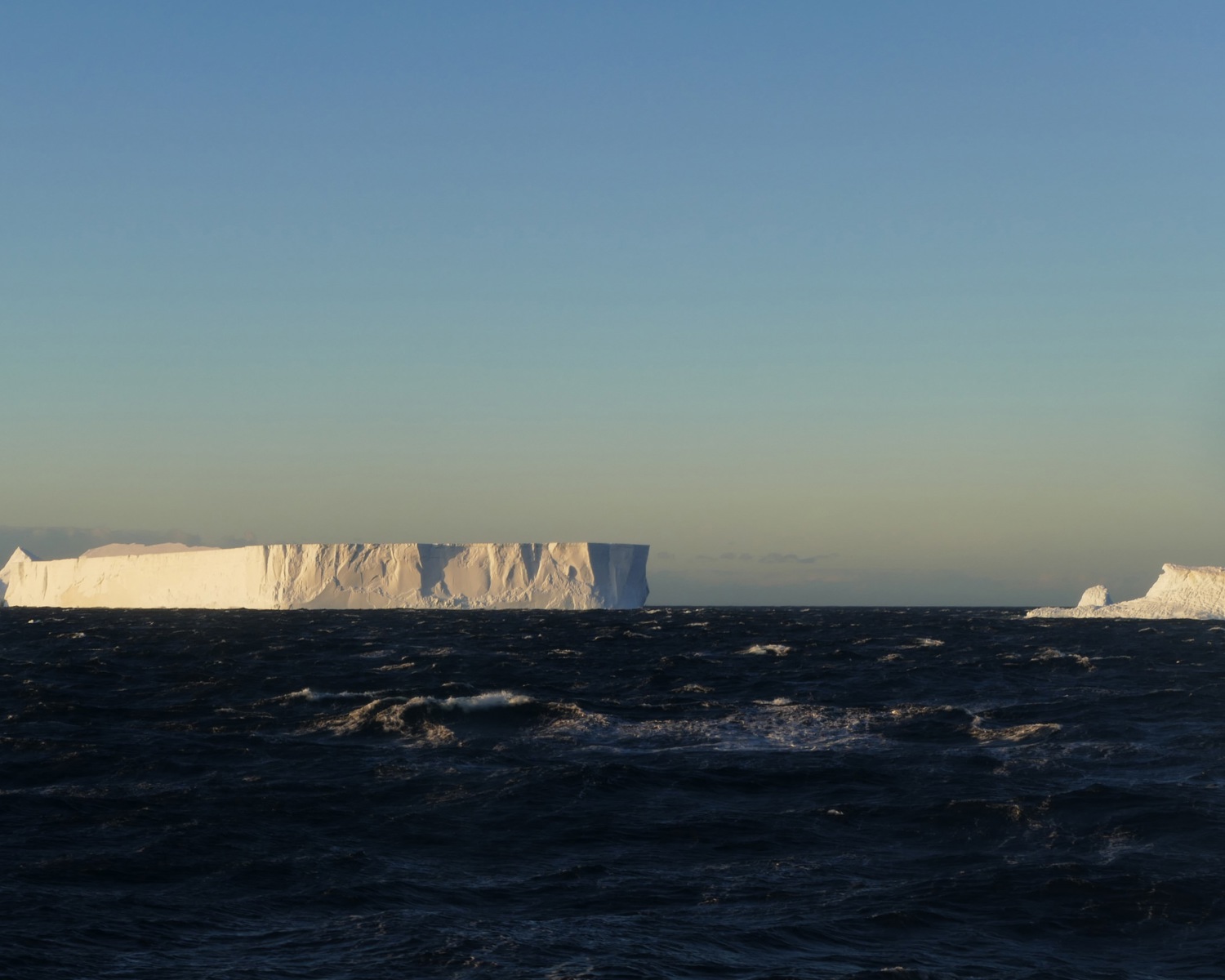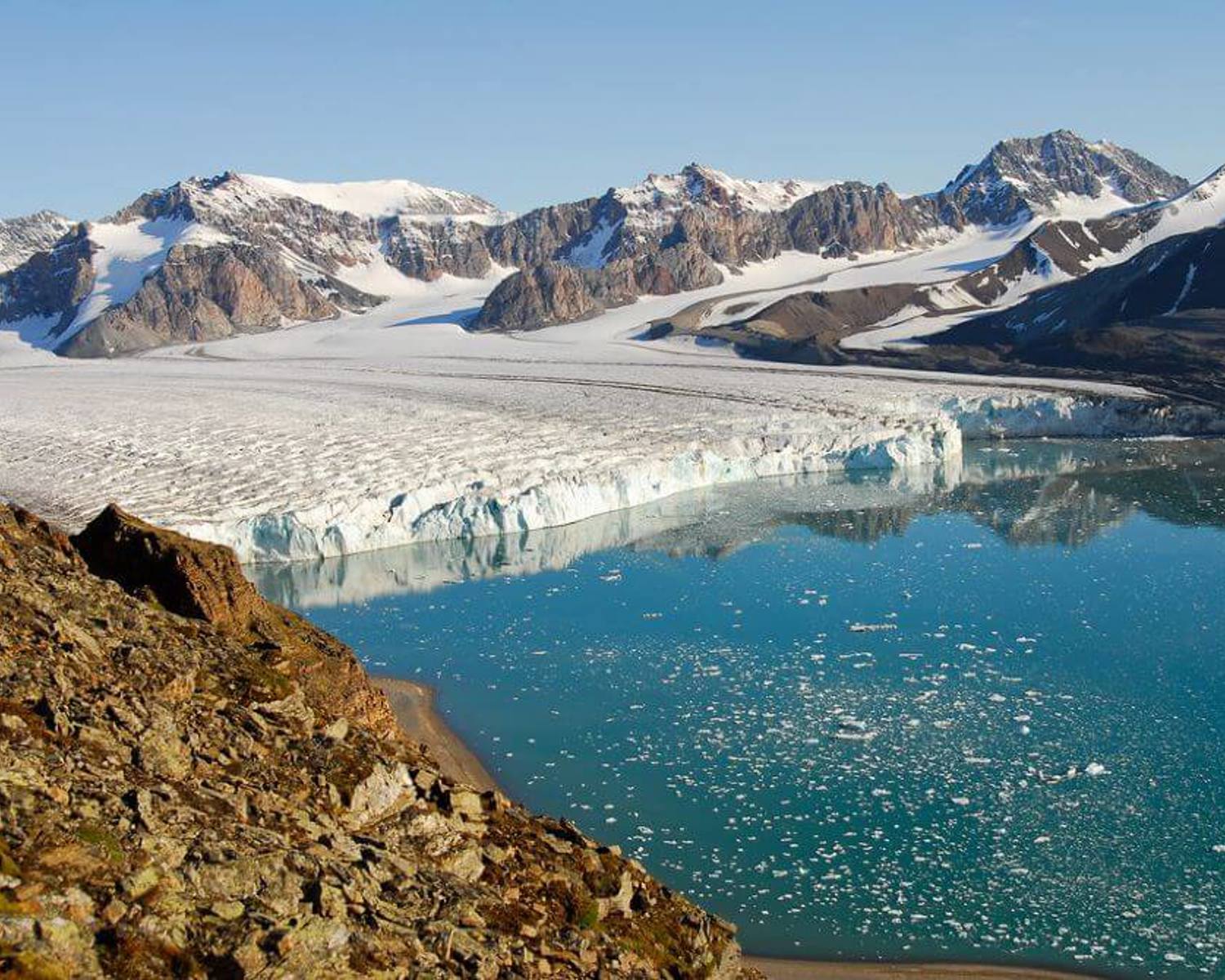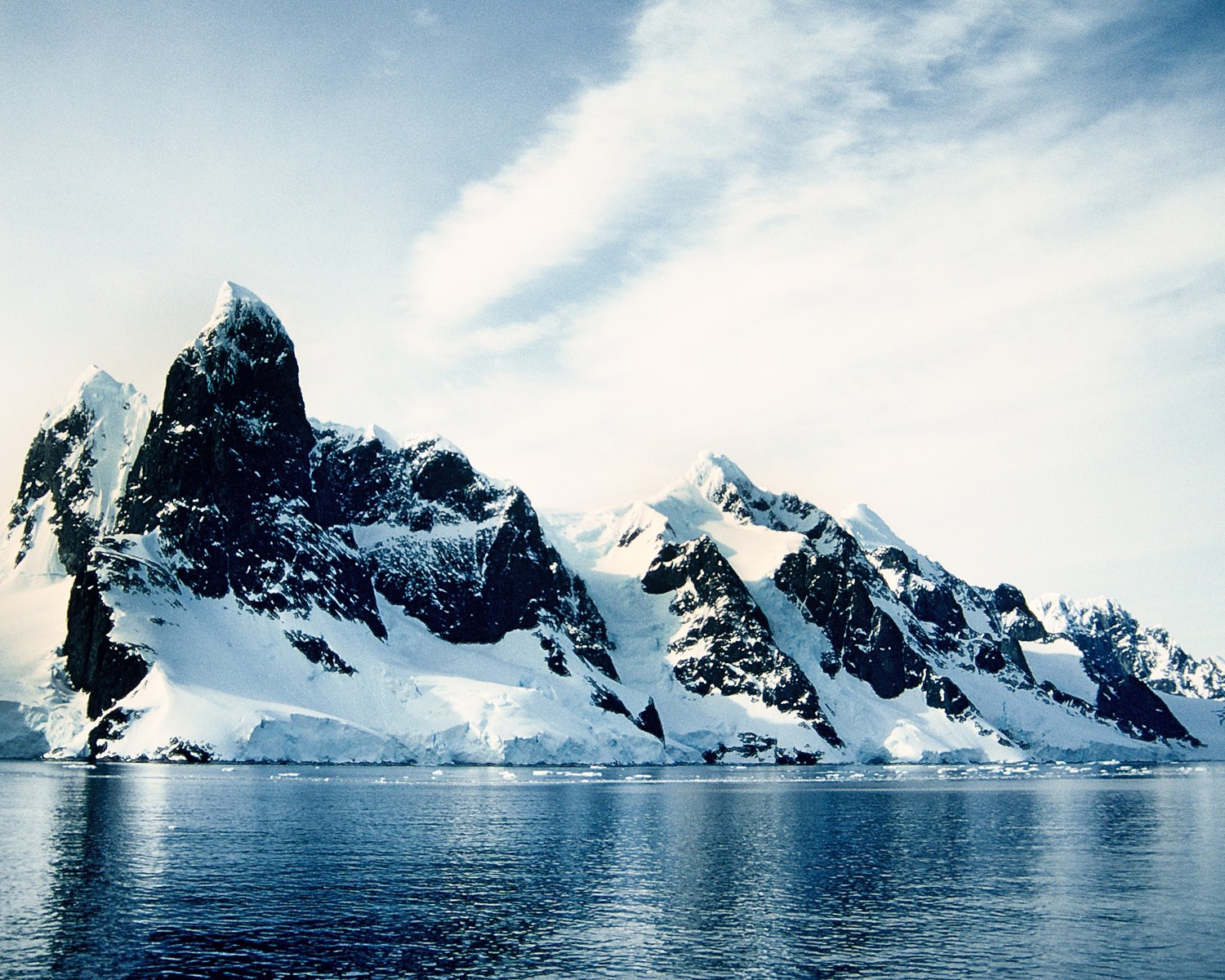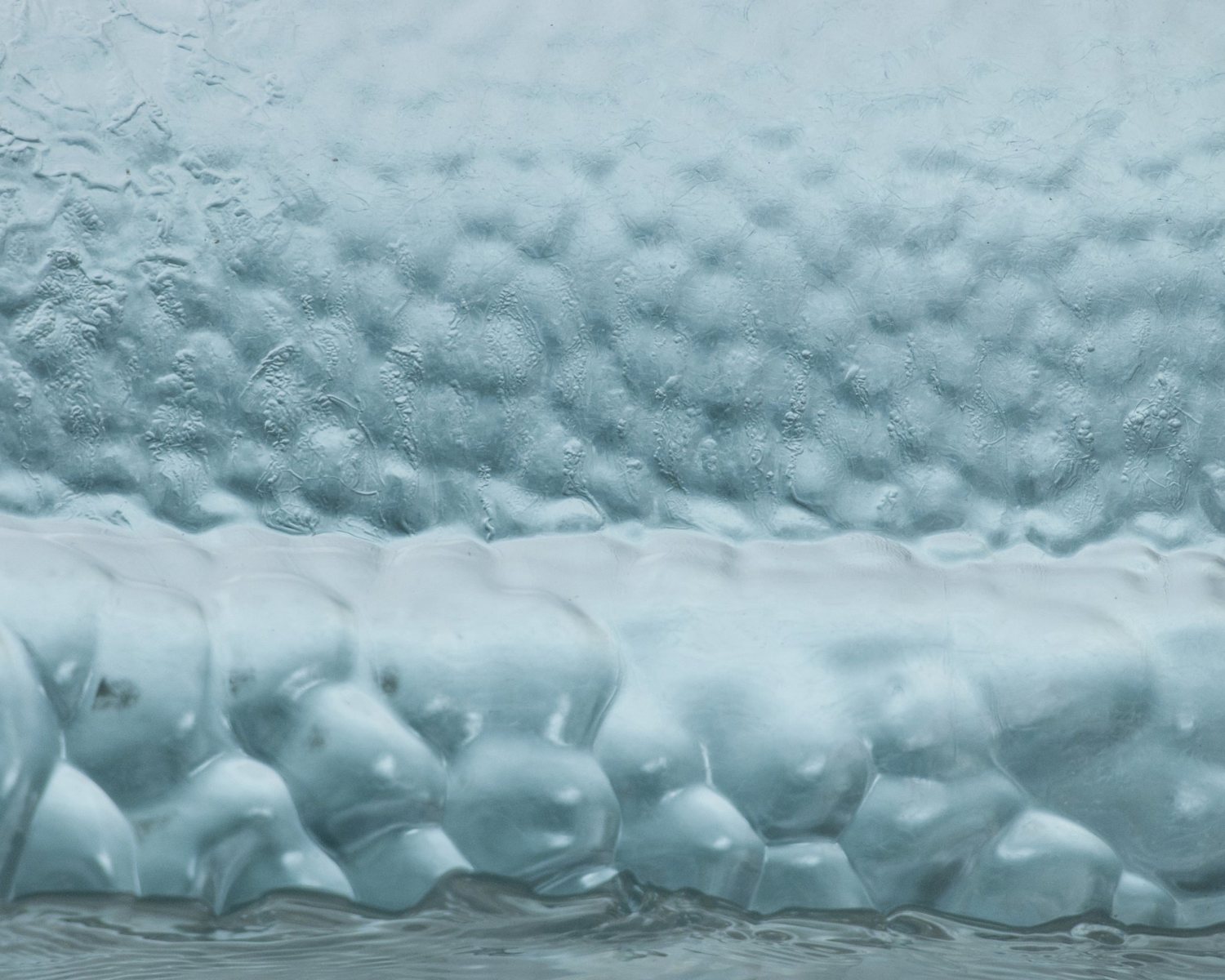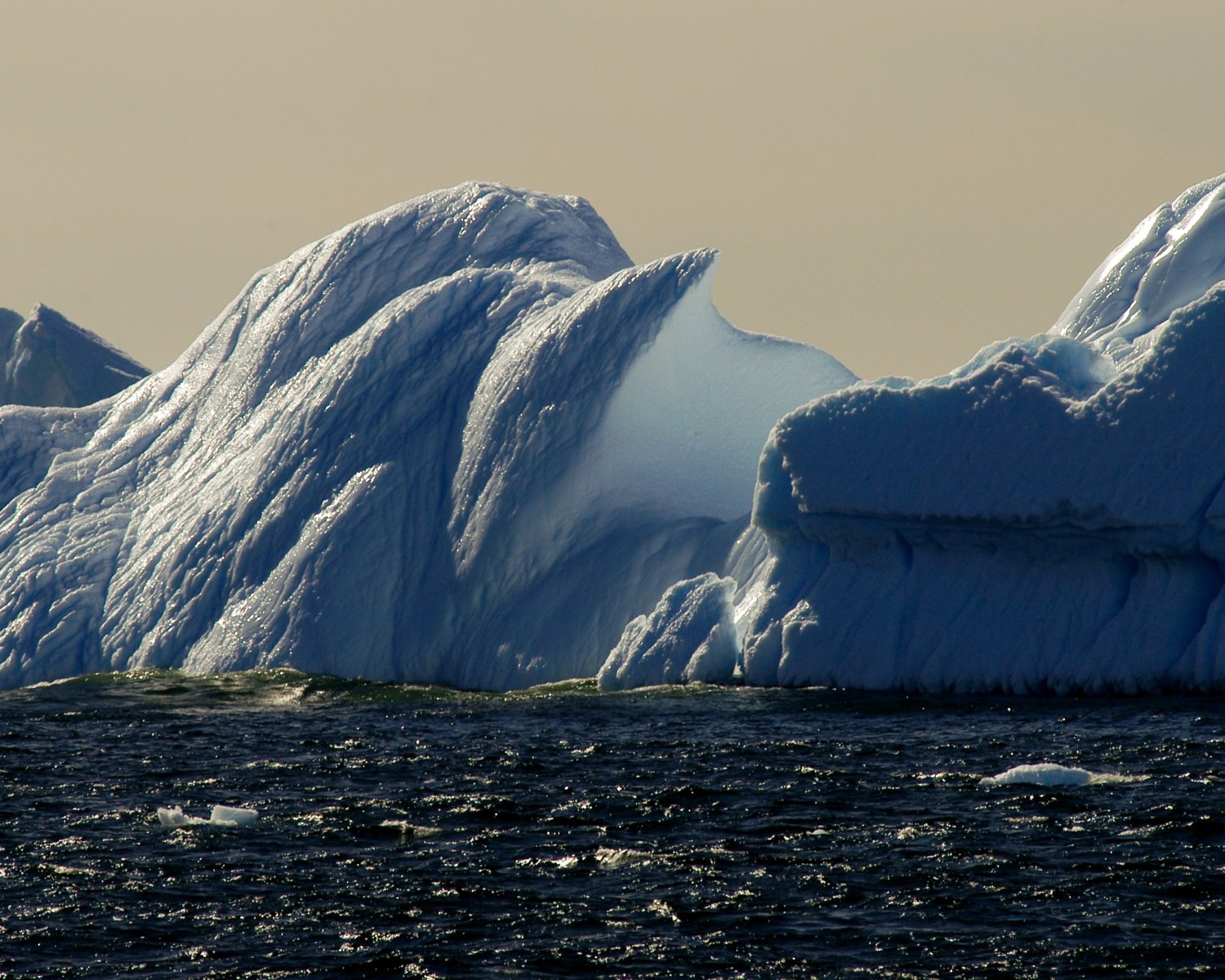
Pumping water onto ice sheets
One of the potentially most catastrophic effects of contemporary global warming would be the dramatic increase in sea levels as a result of the melting Greenland and Antarctic ice sheets. Even if all current emissions were immediately stopped, sea level rise could still occur because of locked-in warming (ICCI 2022).

